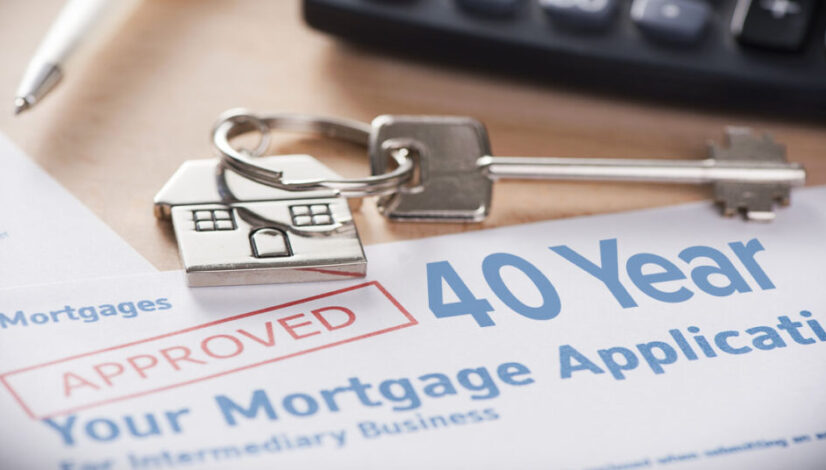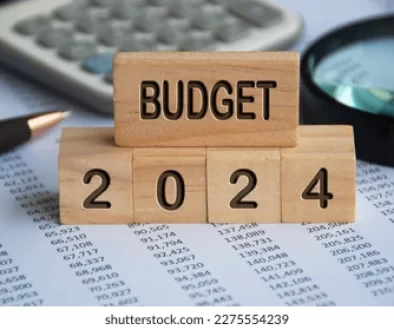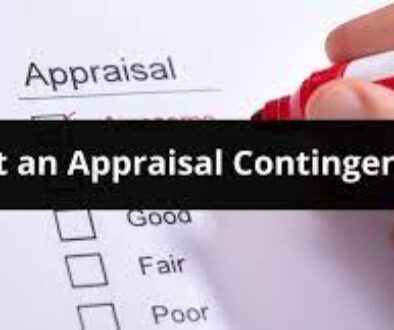40 Years Mortgage
40 years mortgage
Homes are places to put down our roots, entertain and have sanctuary, but they can also be costly. One of the ways to make a house a little more affordable is lengthening the term, which is the central appeal of a 40-year mortgage. However, there are also some drawbacks to consider.
Can You Get A 40-Year Mortgage?
Yes, some lenders offer a 40-year mortgage. Before we go any further, though, let’s make sure we touch on the basics.
What Is A 40-Year Mortgage?
A 40-year mortgage means that if you made all payments as scheduled without making extra or bigger payments toward the principal to pay it off sooner, it would take 40 years to pay off the home. Traditionally, mortgages come in loans anywhere between 8 – 30 years.
In some cases, 40-year loans may have other features. For example, there might be interest-only periods for a certain timeframe at the beginning of the loan before switching to payments of principal and interest for the remainder of the term.
How Does A 40-Year Home Loan Work?
These home loans can be fixed rate mortgages, where your mortgage payment stays the same every month before accounting for property taxes and homeowners insurance. They may also be adjustable rate mortgages (ARMs). These remain fixed at a lower rate than you can get on a typical fixed-rate mortgage for a set number of years at the beginning of the loan before adjusting up or down based on an index and margin after several years.
These 40-year terms appeal to some because a longer time to pay off the loan means a smaller monthly payment. Depending on the mortgage lender, you may qualify for a lower down payment.
What Lenders Offer A 40-Year Mortgage?
Since these mortgages aren’t backed by traditional parties, 40-year mortgages may only be available from portfolio lenders or those with access to nontraditional investors. Portfolio lending is when a lender holds onto the loan until it’s paid off, instead of selling it to an investor.
Not many keep loans on their books currently, in order to have increased liquidity. Most loans are immediately sold to one of the major investors. For this reason, you may have a hard time finding someone offering a 40-year mortgage. There are a few places to look, including:
- Mortgage brokers
- Online lenders
- Local banks
- Private lenders
- Credit unions
30- Vs. 40-Year Mortgages
Let’s look at some of the big differences between a 30 year mortgage and a 40-year mortgage. Some of these are going to be obvious. Others, not so much.
- The term of a 40-year mortgage is 10 years longer. This falls under the “duh” category, but you’ll spend longer paying it off, so it’s worth reiterating.
- The payment on a 40-year mortgage should be cheaper. Because the balance is spread over a longer time, each monthly payment will be lower than it would be on a 30-year term.
- You’ll pay more in interest. We’ll show our math in a minute, but a 40-year mortgage will cost you more over the life of the loan than a 30-year mortgage.
- These could come with higher interest rates. Because investors have to wait longer for the payoff, there is typically a higher interest rate for a 40-year mortgage than one that only has a 30-year term.
The Benefits Of 40-Year Mortgages
There are a couple of big benefits to a 40-year mortgage. While we touched on some of this in the comparison to a 30-your mortgage, let’s expound on this a bit.
Lower Monthly Payment
Because you have 40 years to pay off the loan, the payment is going to be lower than it would be if you had a 30-year term. It could make it easier to make a mortgage payment work with your budget.
Alternative Loan Structures
These 40-year mortgages may come with an interest-only phase at the beginning of the loan. As an example, you might only be required to make the interest payment for the first 10 years, so that you make principal and interest payment over the last 30 years.
Your lender qualifies you at the full payment assuming you make no separate payments toward the balance in the first 10 years. This should allow you to know for sure that you can afford the payment.
However, a major benefit of this is that it can provide flexibility. If you’re looking to buy furniture or pay off higher interest debt, you have the option of only making the interest payment at the beginning of the loan. Then if you have extra money, you can pay down the principal so that when the loan re-amortizes with the full payment, your payment will be lower.
There is also nothing stating that you have to take 40 years to pay off a loan. Putting extra money toward your payment could enable you to save on interest and pay off your loan sooner.
The Downsides Of 40-Year Mortgages
We started to touch on this a bit above, but 40-year mortgages have their drawbacks.
You Pay More Interest
With a 40-year mortgage, you’ll end up paying more interest on the loan. This happens in a couple of ways.
First, because there’s a longer payoff, lenders and investors interested in these loans will often charge a higher interest rate to give you one.
However, you’ll likely end up paying more in interest if the interest rate is the same – or even if it’s lower. The longer timeframe means more interest payments.
It’s A Non-Qualified Mortgage (QM) Loan
Qualified mortgages, which can be bought by major mortgage investors, are limited by legal regulation to have terms no longer than 30 years. Because 40-year loans are not subject to these rules, they may have some unfavorable terms.
It’s important to note that not every 40-year mortgage option is going to have these features, but these are things to watch out for so you know what you’re getting into and fully understand the terms of your loan.
-
An unappealing loan structure that a non-QM loan may have is negative amortization. With negative amortization, you’re required to make a minimum payment every month, but you never actually get any closer to paying off the loan. The only way to pay the loan off is to sell the property, and you’re banking on the fact that property values keep going up.
-
You should also look out for balloon payments. These occur when the borrower is expected to make a large lump-sum payment at some point either in the middle of the loan or at the end of the term.. These payments are often made by refinancing, but that can be difficult if you don’t have a lot of equity in the property or if interest rates go up.
- Finally, qualified mortgages have limits on closing costs. There are no such limits for non-qualified mortgages, so your costs can be quite a bit higher.
Equity Builds Slowly
When your mortgage is amortised normally, you gain home equity with each mortgage payment you make. You can think of home equity as the percentage of the home you own relative to the house’s value. For example, assuming no immediate value change, if you made a 10% down payment on a home, you start with 10% equity.
Building equity has all sorts of desirable effects. You generally must have a minimum amount of equity before you can refinance to lower your rate or change your term. You also typically must have at least 20% equity before taking cash out (unless you have a VA loan). That same 20% figure is also usually key for mortgage insurance removal.
Equity builds slower when you have a 40-year loan because you have less money going to your balance every month and more toward interest. For a 30-year loan, you would have 29.09% equity after 10 years under the loan terms discussed in the earlier example. With a 40-year loan, you would have 22.21% equity by the same point.
Alternatives To 40-Year Mortgages
Instead of choosing a 40-year mortgage, it can be a great option to go with a 30-year mortgage. If you need a lower payment, you can choose to set your sights on a slightly cheaper starter home and move up in a few years when you have more resources. Some may consider this preferable to a 40-year mortgage Other than a 30-year conventional mortgage,other options include:
- Federal Housing Administration (FHA) loan
- VA loan
- Discount points (pay additional fees upfront to lower your interest rate to enjoy a lower monthly payment over the life of the loan)




